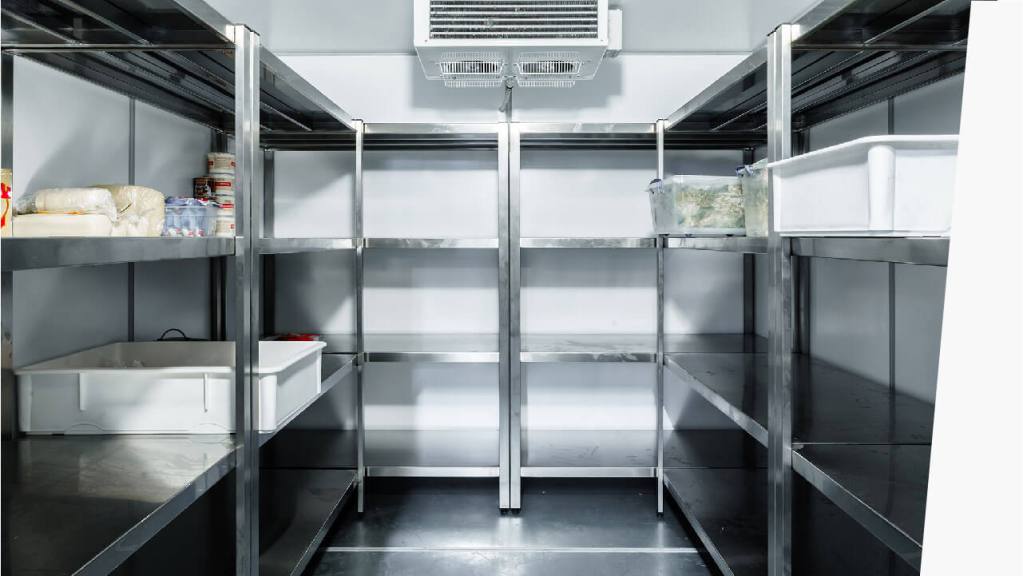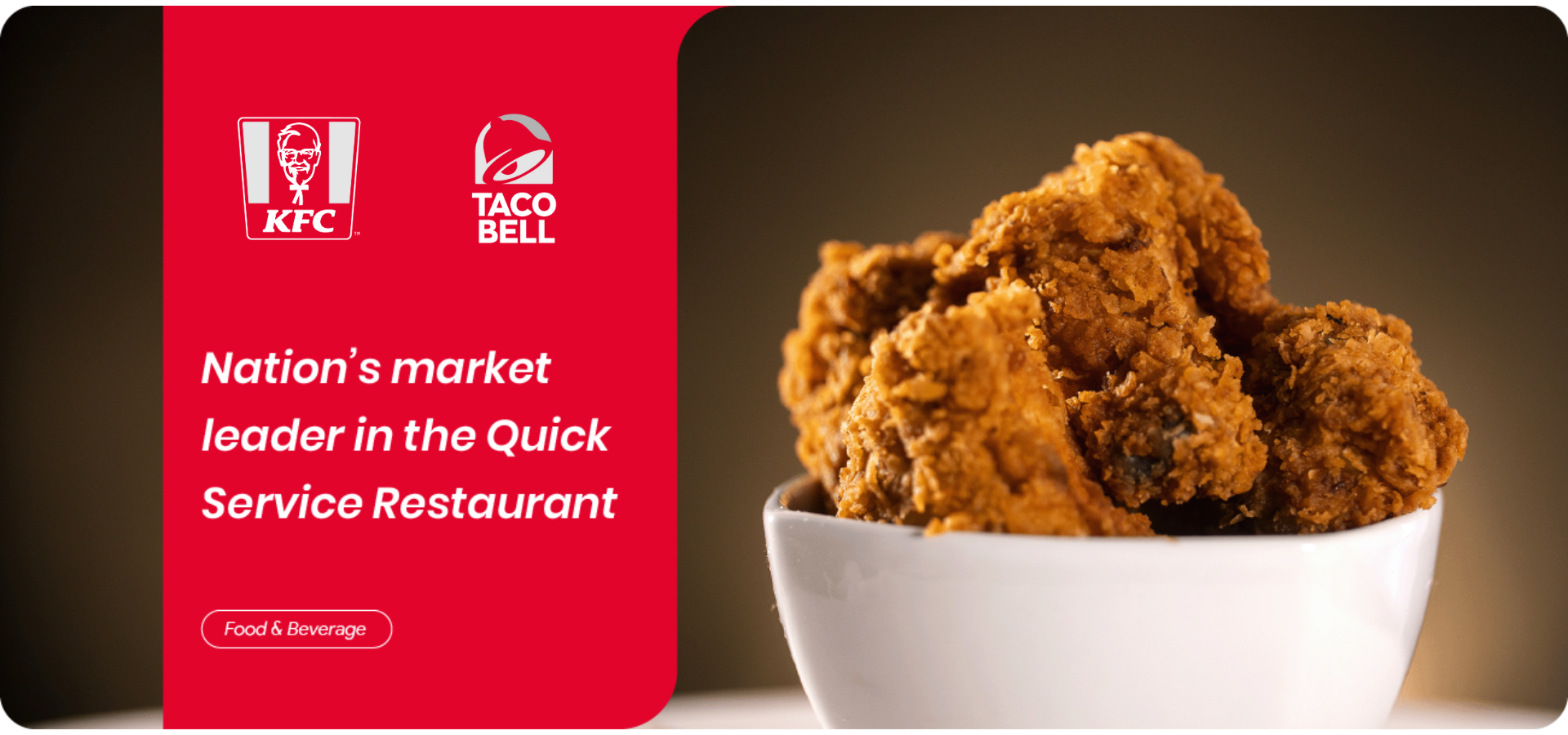

Effective storage and inventory control are paramount in the food and beverage (F&B) industry to ensure smooth operations, minimize waste, and maximize profitability. In the F&B industry, storage control involves managing the storage of ingredients, perishable items, kitchen equipment, and other supplies essential for day-to-day operations. It encompasses maintaining optimal inventory levels, organizing storage spaces efficiently, and ensuring the freshness and quality of ingredients.
Proper storage control directly influences a restaurant's costs and profitability. By efficiently managing inventory levels and minimizing wastage, F&B businesses can reduce food costs, improve profit margins, and enhance overall operational efficiency. Conversely, inadequate storage control can lead to food spoilage, overstocking, increased expenses, and compromised quality. Let's explore some essential best practices to elevate your storage and inventory management game in the F&B realm.
FIFO isn't just an accounting term; it's a golden rule in F&B storage management. By prioritizing the use of older inventory items before newer ones, you minimize the risk of food spoilage and wastage. Train your staff to organize storage areas accordingly, ensuring that perishable items are rotated appropriately.
Example: Let's say your restaurant receives a shipment of fresh produce, including lettuce, tomatoes, and cucumbers. Your kitchen staff adheres to FIFO by placing the newly arrived crates behind the existing ones in the storage room. When preparing salads or sandwiches, they reach for the older produce first, ensuring that nothing goes to waste. This leads to improved cost management and higher customer satisfaction due to the freshness and quality of your dishes.
Your storage equipment is the backbone of your operation. Invest in commercial-grade refrigerators, freezers, and shelving units that can withstand the demands of a busy kitchen while maintaining optimal temperature and humidity levels. Quality equipment not only preserves food freshness but also extends shelf life, reducing unnecessary waste.
Example: You decide to upgrade your restaurant's refrigeration equipment to commercial-grade units with adjustable shelves and temperature controls. With these new appliances in place, perishable ingredients like dairy products and meats stay fresh longer, reducing the frequency of food spoilage and resulting in significant cost savings over time. This results in significant cost savings over time and maintains the reputation of your restaurant for serving high-quality, fresh ingredients.
Clear labeling and organization are your allies in the battle against chaos. Implement a systematic labeling system for storage containers, shelves, and bins to facilitate easy identification and access to ingredients. Take it a step further by categorizing items based on usage frequency and grouping similar items together for efficient retrieval.
Example: Your kitchen manager implements a color-coded labeling system for ingredient containers and storage shelves. Green labels indicate items with a longer shelf life, while red labels signal perishable items that need to be used first. This streamlines operations, minimizes food waste, and improves overall kitchen organization, contributing to smoother service and higher productivity.
Routine audits and inspections are your proactive measures to ensure storage compliance and food safety. Schedule regular walkthroughs of storage areas to check for cleanliness, temperature consistency, and adherence to food safety protocols. Encourage staff to report any issues promptly, fostering a culture of accountability and continuous improvement.
Example: Every Monday morning, your head chef conducts a comprehensive walkthrough of the restaurant's storage areas. During the inspection, they check temperature logs, inspect food packaging for signs of damage or expiration, and ensure that storage shelves are clean and well-organized. Any discrepancies or issues discovered are promptly addressed and documented for follow-up action.
In today's digital age, technology is your ally in streamlining storage and inventory management processes. Explore inventory management software solutions equipped with barcode scanning, real-time tracking, and automated reporting functionalities. These tools empower you to monitor stock levels, track ingredient usage, and make data-driven decisions with ease.
Example: You invest in inventory management software equipped with barcode scanning capabilities. When new inventory arrives, your staff scan each item's barcode to update the digital inventory database in real-time. This automated process eliminates manual data entry errors and provides accurate, up-to-date information on stock levels and usage patterns.
Read more about how big brands like KFC implemented these technologies in the link below.

Space is a valuable commodity in any F&B establishment. Maximize your storage space by utilizing vertical shelving, stackable containers, and custom storage solutions tailored to your kitchen layout. Organize storage areas strategically, keeping frequently used items within easy reach while relegating less-used items to secondary storage spaces.
Example: To maximize storage space in your restaurant's walk-in refrigerator, your team installs adjustable wire shelving units that can be customized to accommodate containers of various sizes. They also designate specific areas for different categories of ingredients, such as meats, dairy, and produce, to streamline inventory retrieval and minimize clutter. This enables faster retrieval of ingredients, reduces time spent searching for items, and increases overall kitchen productivity, leading to smoother operations and improved customer service.
Your staff are your frontline warriors in the battle for efficient storage and inventory control. Provide comprehensive training on storage procedures, food safety protocols, and equipment operation to ensure everyone is on the same page. Encourage open communication and empower your team to take ownership of storage responsibilities, fostering a culture of collaboration and accountability.
Example: As part of their onboarding process, new kitchen staff undergo comprehensive training on storage and inventory control procedures through their company Sistem Manajemen Pembelajaran. They learn how to properly handle and store ingredients, follow food safety protocols, and use equipment effectively. Regular refresher training sessions are conducted to reinforce best practices and address any emerging issues or concerns. This reduces the risk of errors, accidents, and food spoilage, resulting in smoother operations, higher food quality consistency, and enhanced customer satisfaction, ultimately driving repeat business and revenue growth.
In the dynamic world of F&B operations, mastering storage and inventory control is non-negotiable for sustained success. By implementing these best practices and embracing technology, you can optimize your storage processes, minimize waste, and delight customers with consistently high-quality products and services. Remember, effective storage and inventory control are not just tasks; they're the cornerstone of operational excellence in the F&B industry.
Baca juga: Stop Losing Out: 4 Incredible Benefits of Waste Management Exposed!
It becomes vitally important to have excellent systems in place for your restaurant industry to continue to survive in this day and age. Suppose you're still using pen and paper techniques for inventory control. In that case, it's the right time to invest in software to streamline the process. Nimbly is one such automated system with a mobile app.
Nimbly comes with a Digital Routine that allows you to digitalize your paper-based checklist and transform them into insights that everyone in your team with authority can access. Nimbly’s app also features Geo-fencing, where you need to be at the exact storage location to perform storage or inventory control inspections.
The validation has become more robust because it also requires the auditor to capture a photo or video at the exact location. It can also validate any variances so that follow-up actions can be done accurately. With Nimbly, gaining accurate data on storage control inspection is no longer a taxing task.
